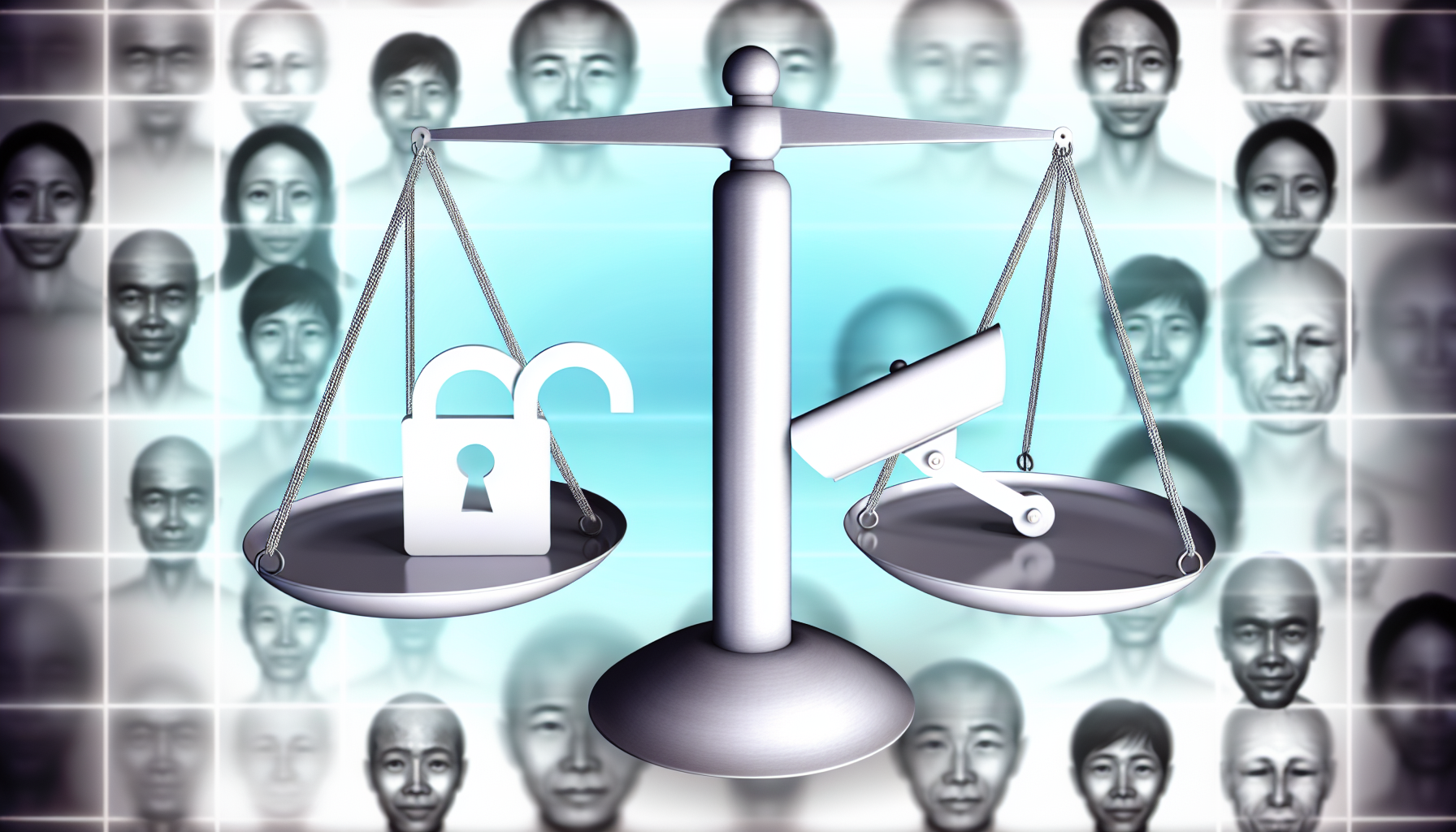It’s widely believed that cameras deter crime by increasing the likelihood of offenders being observed and identified, which can prevent criminal activities and promote public safety.
The Role of Video Surveillance: Security vs. Privacy
Rising Use of Video Surveillance
As crime, terrorism, and civil unrest grow, video surveillance has become increasingly widespread. Cameras are standard in public areas, schools, businesses, and private homes. While they bolster security, cameras deter crime, they also spark debates about privacy and the level of oversight citizens should accept for safety. Balancing security with privacy rights is a crucial ongoing discussion.
Benefits of Video Surveillance
- Public Safety: Cameras deter theft, vandalism, and violent crimes. Studies show fewer incidents in monitored areas. Law enforcement uses footage to investigate cases, identify suspects, and collect evidence.
- Faster Emergency Response: Real-time video data can speed up crisis responses in public spaces.
- Business Security: Companies employ surveillance to safeguard assets, minimize losses, and monitor employees, creating safer workplaces.
- School Safety: In educational environments, cameras help reduce bullying and improve security for students and staff.
Video surveillance is vital in broader security strategies aiming to protect communities.
Privacy Concerns
Despite its advantages, surveillance raises ethical privacy concerns:
- Invasion of Privacy: Constant monitoring may feel intrusive and discourage freedom of expression, as people alter their behavior when aware of being watched.
- Data Misuse: Critics worry about how recorded footage could be exploited.
- Consent Issues: Most people are unaware they are being recorded, which is in contrast with more transparent data collection methods like surveys.
This raises crucial questions: How much privacy should individuals trade for safety? Is there a societal agreement that justifies granting oversight at the expense of personal freedoms?
Understanding these ethical challenges is critical to finding a balanced approach between security and privacy protections.
Ethical Dilemmas in Surveillance
The increasing use of surveillance technologies raises critical ethical concerns, from privacy violations to societal implications. Let’s explore these challenges and how a balanced approach can mitigate them.
Public Engagement: Informed Consent
In democratic societies, informed consent is essential, yet public surveillance often occurs without explicit permission. Just being in public doesn’t mean giving up all expectations of privacy. Many people are unaware they’re being monitored, and companies or institutions could use the collected data without accountability. These practices blur the ethical boundaries of consent.
Data Security
Surveillance systems generate enormous amounts of sensitive data. Questions arise around how long this data is stored, who has access, and how breaches are prevented. Improper management can lead to misuse, unauthorized access, or unfair targeting of individuals based on inaccurate or incomplete information. Ensuring secure and ethical data handling is key to avoiding such pitfalls.
Discrimination and Bias
Surveillance systems can unintentionally perpetuate biases. Marginalized communities often face unfair scrutiny, leading to deteriorated trust in law enforcement. Moreover, the algorithms employed in video analytics can inadvertently weave societal biases into their processes, amplifying discrimination. These practices harm the credibility and fairness of surveillance initiatives.
Video Monitoring: Chilling Effect
The constant presence of surveillance can make people feel watched, suppressing free expression and dissent. Activists, journalists, and community organizers might self-censor to avoid potential repercussions, undermining democratic engagement and silencing essential voices in social movements. This chilling effect can have far-reaching consequences for personal freedoms.
Finding a Middle Ground
To balance the need for security with individual rights, governments, organizations, and communities can adopt several key strategies:
1. Clear Policies and Regulations
Develop transparent guidelines that outline the purpose, data retention timeframe, and access protocols for surveillance. Clear regulations build trust and ensure surveillance practices respect privacy.
2. Public Engagement and Accountability
Involve communities to foster trust and ensure decision-makers are held accountable. Transparency enables citizens to advocate for their rights and helps create collaborative models prioritizing safety over excessive observation.
3. Privacy-Enhancing Technologies
Use technology to uphold privacy. Tools like data anonymization or masking identifying features can collect the necessary information without compromising individual rights. These innovations make it easier to align surveillance with ethical standards.
4. Regular Review and Evaluation
Surveillance must evolve with society’s needs. Routine assessments of effectiveness, bias, and public perception ensure systems stay ethical and relevant. Oversight also helps address changing societal norms and expectations.
As surveillance becomes more ubiquitous, it’s crucial to examine its ethical dimensions thoroughly. By implementing thoughtful policies, engaging communities, and leveraging privacy-respecting technologies, we can navigate the tension between security and personal freedom in a way that benefits all.
Conclusion
Video surveillance can improve security when used responsibly, but it also raises ethical privacy concerns. The key challenge is balancing protecting individual rights and ensuring public safety. Open discussions, transparent policies, and regular evaluations of surveillance practices can help address these concerns. Ultimately, ethical surveillance fosters trust, safeguards freedoms, and respects the inherent value of privacy .
FAQs
1. Is video surveillance legal?
Yes, video surveillance is legal in many places, but laws regarding consent and recording in public or private spaces regulate its use. Understanding local laws is crucial for compliance.
2. What is the difference between public and private surveillance?
Public surveillance typically involves cameras in streets, parks, and government buildings to improve safety. When it comes to personal security, private surveillance plays a crucial role in both homes and businesses. It’s not just about keeping an eye out; it’s about creating a sense of safety and peace of mind in our everyday environments. Whether it’s high-tech cameras or discreet monitoring systems, these tools empower us to protect what matters most.
3. How can I protect my privacy from surveillance?
You can protect your privacy by supporting clear surveillance policies in your community, limiting your personal information online, and using privacy tools like encryption.
4. What are the ethical considerations of surveillance in schools?
School surveillance must prioritize safety while respecting students’ privacy. Ethical concerns include obtaining parental consent, limiting camera use to security purposes, and monitoring its impact on students’ comfort and freedom.
5. Can video surveillance be misused?
Yes, it can. Misuse occurs when footage is accessed without authorization, used beyond its intended purpose, or stored insecurely. This can lead to privacy violations and other abuses.
By promoting responsible and ethical use of surveillance, cameras deter crime, society can ensure safety while protecting privacy and personal freedoms.


